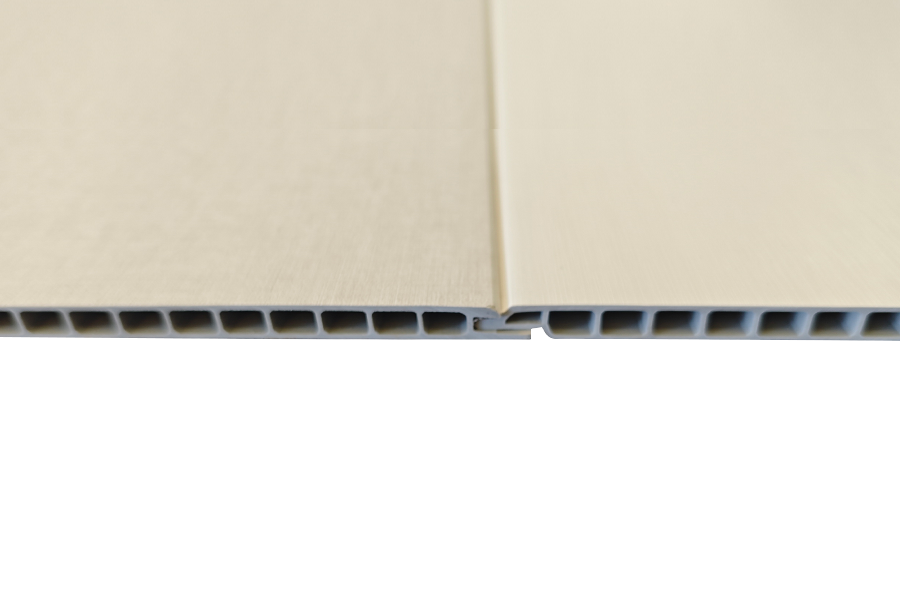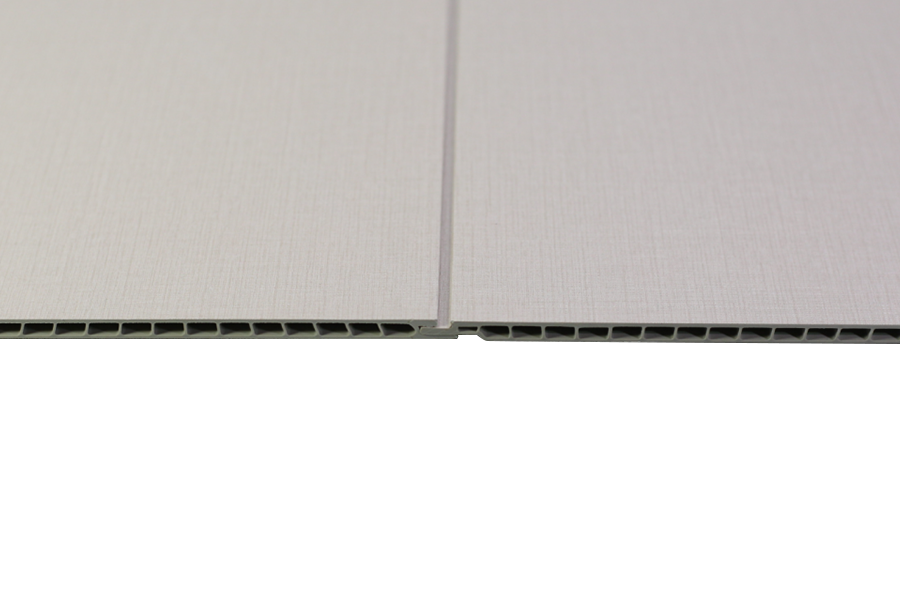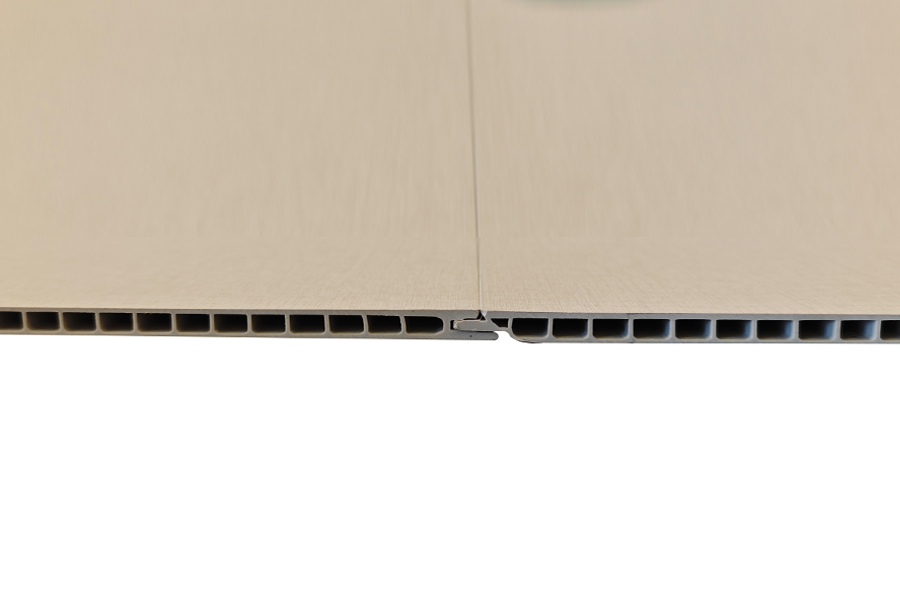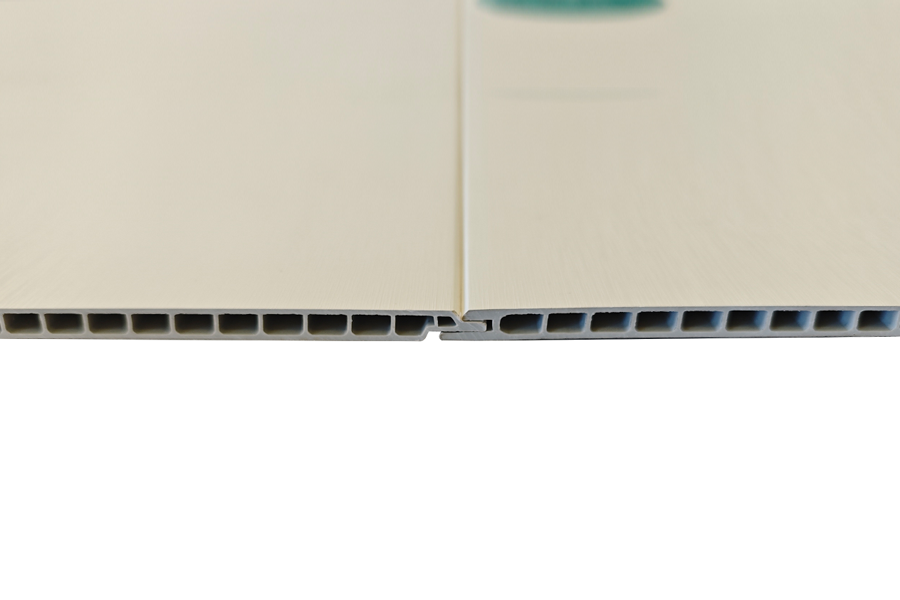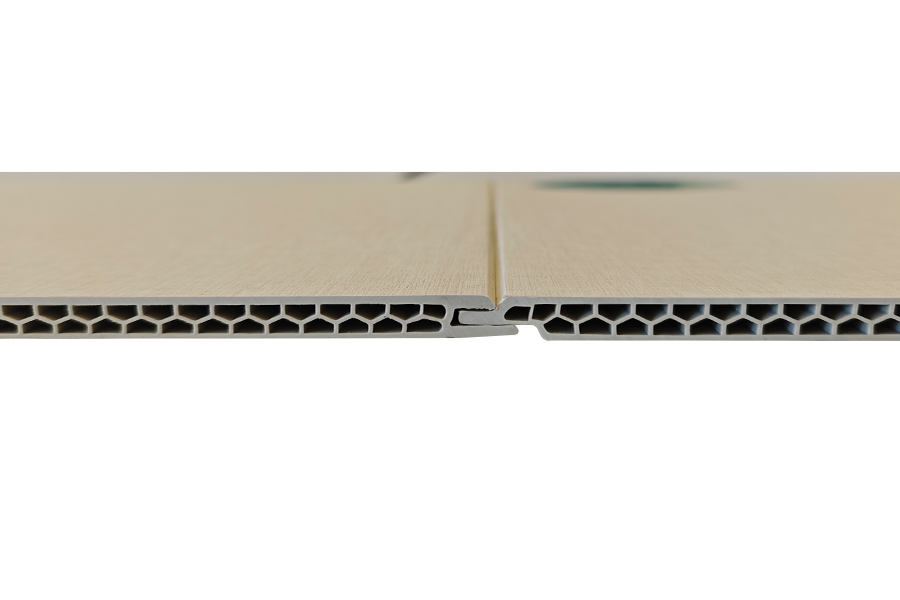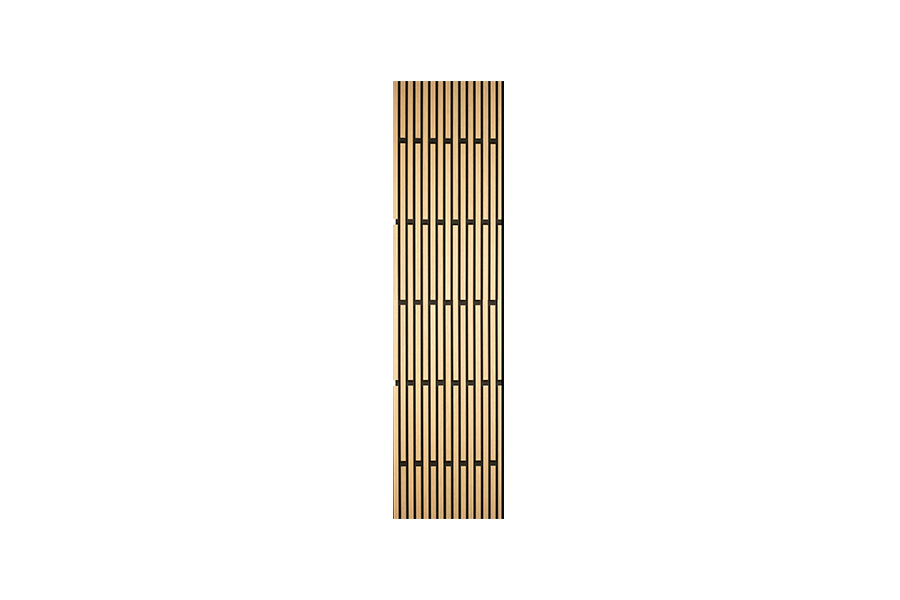The demand for quieter, more comfortable indoor environments has brought innovative building materials into the spotlight. Among these, sound proof insulation wall panels, soundproof acoustic wall panels, and wall sound dampening panels have gained widespread attention. But a question that often comes up among homeowners, builders, and designers is: Can sound dampening wall panels actually replace traditional insulation? The answer depends on what you're trying to achieve—thermal insulation, sound control, or both.
Traditional insulation materials like fiberglass and mineral wool are primarily designed to maintain temperature. While they do offer some sound-absorbing qualities, their main purpose is thermal performance. On the other hand, sound proof insulation wall panels are engineered with sound attenuation in mind. These panels are specifically designed to reduce the transmission of airborne and impact noise between rooms or from outside sources.
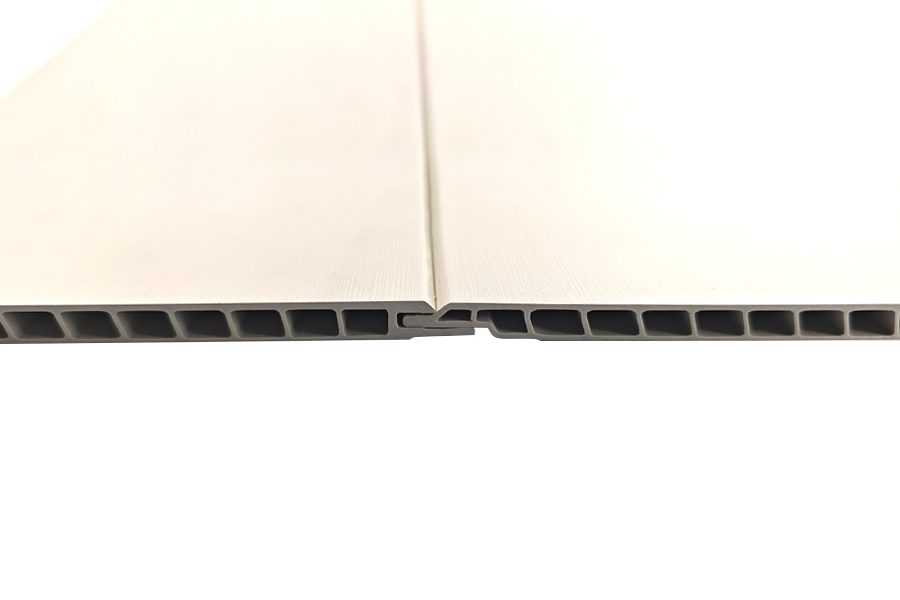
Wall sound dampening panels are typically made from dense, multilayered materials such as mass-loaded vinyl, acoustic foam, or specialized composites. They work by absorbing sound waves and reducing their ability to bounce around a room or penetrate through walls. While they don't always have the same R-value as traditional insulation, wall sound dampening panels provide outstanding acoustic benefits in residential and commercial spaces.
One major advantage of soundproof acoustic wall panels is their dual purpose. Many modern panels combine both sound-absorbing materials and decorative finishes, making them good for home offices, media rooms, conference rooms, and even bedrooms. When installed correctly, soundproof acoustic wall panels can significantly reduce echo and prevent sound leakage without requiring additional layers of traditional insulation.
However, when it comes to replacing thermal insulation entirely, sound proof insulation wall panels may not always meet the mark—especially in climates. These panels often need to be used alongside traditional insulation in exterior walls to ensure that both thermal and acoustic needs are met. For interior walls, however, sound proof insulation wall panels can be an effective alternative, especially when sound control is the top priority.
Another key consideration is installation. Unlike bulky fiberglass rolls, wall sound dampening panels are usually pre-cut, lightweight, and easy to install. This makes them a preferred choice in renovation projects where tearing down walls to insert traditional insulation would be impractical. Plus, soundproof acoustic wall panels come in a variety of styles, colors, and textures, adding an aesthetic element to their functional purpose.
In apartments, studios, and urban homes where space is limited and noise is a constant concern, combining wall sound dampening panels with existing insulation can offer of both worlds. You get the thermal performance you need and the peace and quiet you want. Additionally, using sound proof insulation wall panels in ceilings and floors can further enhance sound control throughout a multi-story building.
As building standards evolve and people become more aware of how acoustics affect comfort and productivity, the use of soundproof acoustic wall panels is expected to rise. They not only block unwanted noise but also improve the overall acoustical quality of a room, making conversations clearer and music more enjoyable.
While sound proof insulation wall panels may not fully replace traditional thermal insulation in every situation, they are a powerful addition to any space where noise control is a concern. By incorporating wall sound dampening panels and soundproof acoustic wall panels into your design, you can create a quieter, more pleasant environment—without compromising on aesthetics or functionality.






 Español
Español عربى
عربى русский
русский
